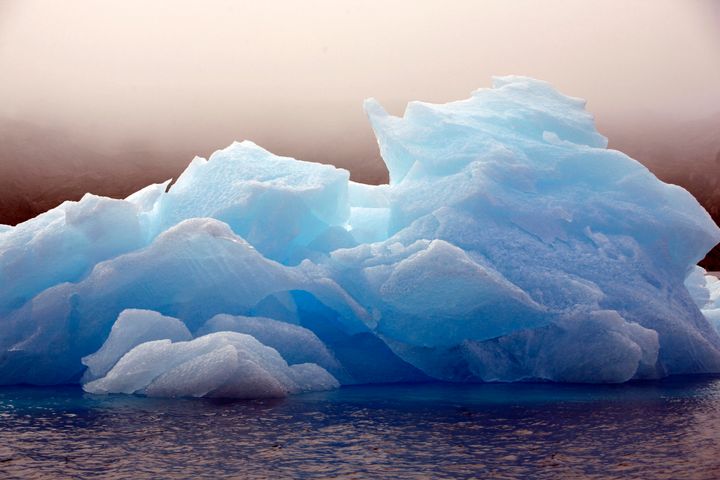
Isaac Newton, one of the fathers of modern science, wrote in 1675, "If I have seen further it is by standing on the shoulders of Giants." Those who want to protect America's public lands have benefited from the giants of conservation, such as John Muir, Aldo Leopold, Bob Marshall, and Howard Zahniser. These individuals worked to define the concept of wilderness, put it into law, and protect it in perpetuity.
The nation's history of safeguarding our natural spaces is important to know, and a new interactive web timeline developed by the Pew Environment Group helps illustrate this story. This look into the past stretches back to 1891, when a pioneer of the conservation movement, John Muir, laid the foundation with his expeditions into the wild and inspirational writings about raw and remote landscapes. From this starting point, the timeline covers seminal achievements through the 20th century, beginning with the original administrative protections of national forests made at the urging of Aldo Leopold, whose posthumously published A Sand County Almanac is an inspirational treatise. Other events highlighted in this new web tool include the enactment of the Wilderness Act, originally drafted by Howard Zahniser, whose expert work to build support for its passage is still studied for its persuasive effectiveness.
In addition, the timeline chronicles major accomplishments in the latter part of the past century, each of which helped make the National Wilderness Preservation System what it is today: a gift of 109 million acres to current and future generations. A large portion of that legacy comes from the Alaska National Interest Lands Conservation Act, which became law in 1980 when Congress passed and President Jimmy Carter signed legislation adding 56 million acres of wilderness to the system, doubling its size with the stroke of a pen.
Today, we live in a different era from the days when Muir took President Theodore Roosevelt camping in the Sierras. There are fewer opportunities for achievements as revolutionary as Roosevelt's or Carter's, but the need for wilderness preservation remains. We lose 6,000 acres of open space every day in the United States. Although protection of 109 million acres seems like a lot, that's less than 5 percent of the country's landmass. Wilderness is finite -- once it's gone, it's gone forever.
The conservation community needed to learn from the past and adjust its tactics accordingly. And it has, because it stood on the shoulders of Leopold and Muir. People who wish to safeguard America's wilderness have forged relationships with the timber industry, the solar industry, and the military. They have found win-win solutions for all sides.
Wilderness advocates have incorporated the concerns of ranchers, mountain bikers, and users of off-road vehicles to revise the boundaries of proposed protected areas. Shared goals have been established working with hunters, anglers, and Native Americans to safeguard our nation's last pristine lands. And conservation advocates also have found common ground with numerous communities seeking to maintain their water supplies or air quality while promoting jobs and economic growth.
A number of today's wilderness movement heroes hail from small towns and rural areas across America. Such regional advocates work tirelessly -- talking with their neighbors, meeting with local business owners, and speaking with ranchers and loggers out on the land. And armed with support from these diverse interests, they are succeeding in efforts to convince city council members and county commissioners of the merits of protecting wilderness. Many of these elected officials, in turn, enthusiastically get behind such conservation initiatives, and provide members of Congress the chance to sponsor legislative proposals with a wide base of popular support that addresses the interests of their constituents.
As a nation, the result is that we continue to build our storehouse of wilderness -- place by place, law by law -- just as was achieved in 2009, when the National Wilderness Preservation System increased by 2.1 million acres, designating wild spaces in nine states. Pew's Campaign for America's Wilderness is working with local and regional conservationists from around the nation to safeguard another two million acres of wilderness across 11 states--through 20 bills now before Congress.
If this history is a guide, and if our "bank" of protected wilderness areas continues to grow, future generations will appreciate the gift. And those who come after us will stand on the shoulders of today's giants to further the vision.

